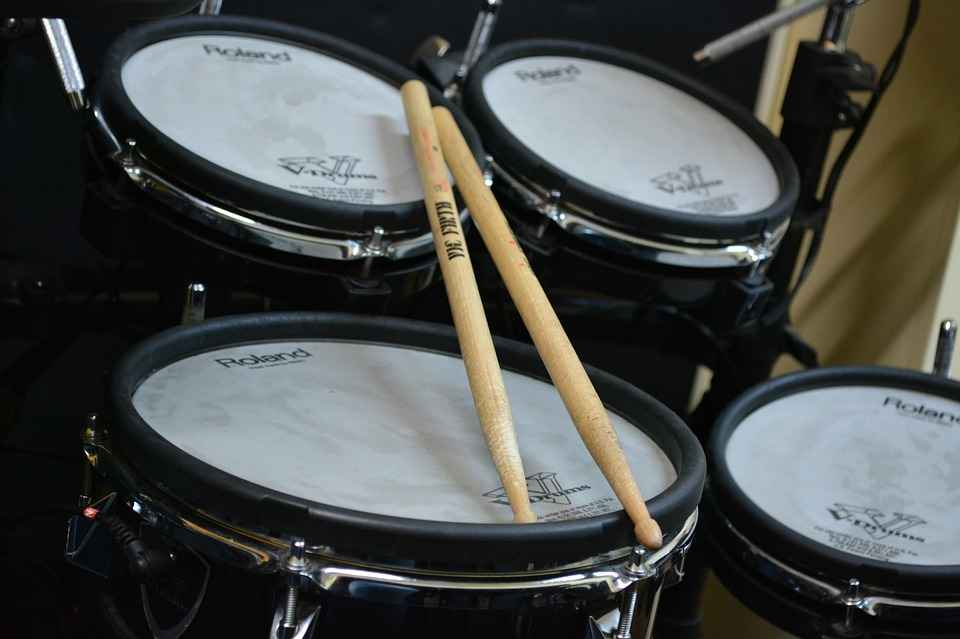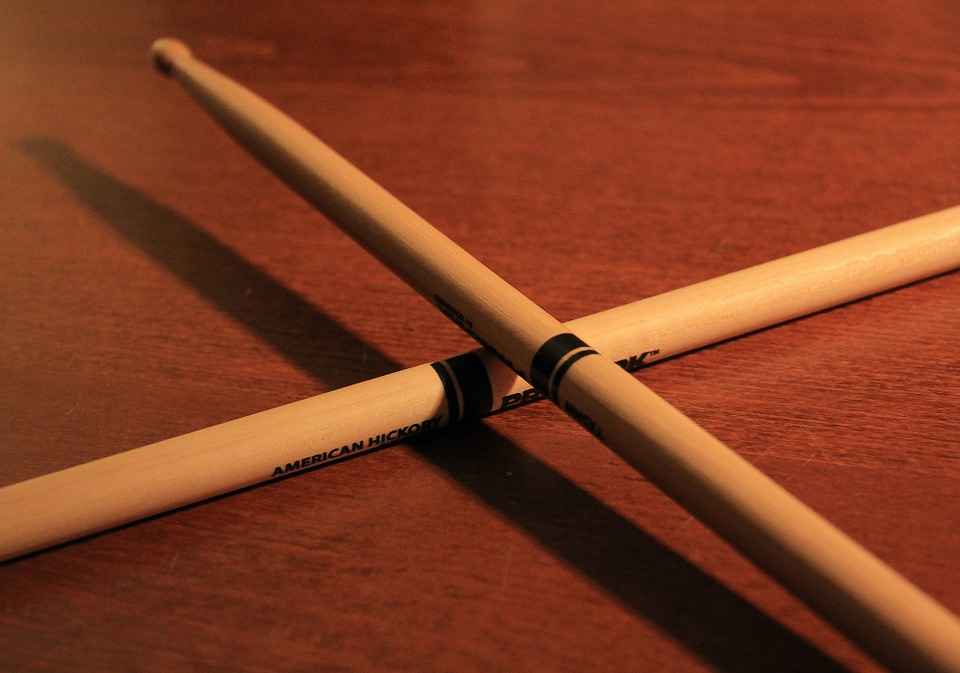The Basics of Buying Your First Pair of Drumsticks

Which Drumsticks Should You Buy?
If you’re planning to take take drum lessons, then drumsticks are an important investment. Luckily, drumsticks are a low-cost essential for new drummers – especially when compared with the cost of buying an entire drum set. But when it comes to buying your first pair of drumsticks, you’ll quickly discover that there are lots of choices, and it can get a bit overwhelming.
We’ll break down what you need to know about drumsticks so you can purchase the pair that’s just right for you.
When you’re shopping for a pair of drumsticks, keep these points in mind.
Size
Drumsticks come in many different sizes. You need to find a drumstick that fits both you as a musician and the style of music that you’re playing.
The Player
If you buy a drumstick that’s too light or too small for you, then you’re going to have to exert extra effort. This can cause issues like fatigue and unnecessary muscle tension, neither of which will help you learn to play better. Plus, if you’re using sticks that are too light for you, they’ll break frequently, and the cost of constantly buying new drumsticks will start to add up.
On the other hand, drumsticks that are too heavy or large for you are difficult to control. You’ll have a hard time maintaining consistency in your playing, and may find that you can’t control your dynamics well. This is especially true in the case of small children, where a stick that’s too large can be a serious handicap in how well the child is able to learn and progress in their drum lessons.

The Style of Music
Depending on the style of music that you’re playing, you may want to use different drumsticks. Your drumsticks should do the work for you when you play, meaning you want a stick that’s well-matched to the style of music.
For instance, if you’re playing a type of music where you want a loud and heavy sound most of the time, like in rock, metal, or marching music, then you’ll want a larger, heavier stick. A larger stick will naturally give you that louder sound, and will also give you the endurance you need in order to play loudly consistently.
If you’re playing music with more of a dynamic range and nuance, like jazz, indie, or folk music, then a lighter drumstick will give you more control. You can still achieve those loud dynamics, but you can more easily scale the sound level back for more refined sections, too.
Common Drumstick Sizes and Their Best Uses
As you shop around for drumsticks, you’ll find that there are some common sizes that you’ll see frequently. Here are some of the common sizes and what they’re best used for.

5A
The 5A is a great starting stick that just about every student can use for drum lessons. It’s a size that’s commonly used on the drum set across a variety of music styles. If you purchase the 5A from major drumstick manufacturers like Vic Firth, Vater, and Pro-Mark, then you’ll know you’re buying a good, all-around drumstick.
5B
The 5B is a common alternative stick to the 5A. The 5B is a bit wider in its circumference, making it a heavier option.
Vic Firth SD1
This stick is commonly used as a starter stick for the concert snare drum, and many school programs use the SD1. However, this stick has a wider circumference, so it’s a big stick if you have small hands.
7A
This stick’s lighter, thinner circumference makes it a perfect choice for jazz players. It can also be a great starter stick for younger students with smaller hands. If you’re considering playing jazz, then be sure to also invest in a pair of brushes, too.
Vic Firth Corpsmaster
This is one of the widest, heaviest sticks available, and is an appropriate choice for marching, but not much else. If you’re interested in marching percussion, then you should definitely become comfortable using these large sticks.
Vic Firth SD4
The SD4’s size is somewhere between the 5A and the 7A, but this stick is a great versatile option. It’s an excellent choice for jazz, fusion, funk, and light rock. If you have smaller hands, this stick is a great option for rock music.

Wood Versus Nylon Tip
One final consideration is whether to buy drumsticks with wood or nylon tips. As a beginning drummer, you don’t need to worry too much about this.
Wood tips can chip over time, which will affect the drumstick’s rebound and symmetry. Chipped sticks are difficult to play on, as a result.
Nylon sticks make for a brighter sound when you’re playing cymbals. You may or may not want this effect, depending on the type of music you’re playing. But they won’t chip like their wooden counterparts.
Buying Your New Drumsticks
You can really only learn what you like and want in your drumsticks by trying different sticks out yourself. As you try out different sizes, types, and brands, you’ll start to learn about your own preferences. Yourmusic teacher can also help you to choose a pair that works well for you.
If you’re juststarting drum lessons, then it’s most important to learn how to play consistently with one or two pairs of sticks. Don’t go out and buy 7 different pairs; instead, choose a pair or two from the list above and practice until you have good control over them. Then you can experiment with other types.
Related



